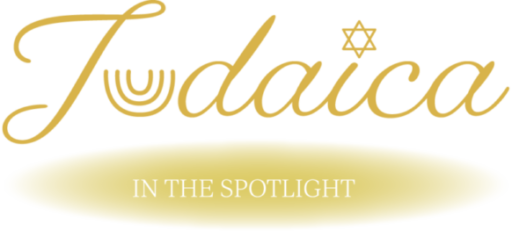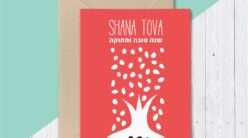
© Pardes Designs
Sharona Lomberg: Artist, Designer, Owner of Pardes Designs
As an Israeli Yemenite girl seeing Tallitot (plural for Tallit) was something I just took for granted. It was when I started painting Judaica on silk that my curiosity got the better of me. I realized that the garment I saw and took for granted all those years was beautiful, meaningful and offered more than meets the eye.
I was amazed to find out that the word Tallit טלית is not mentioned in the Bible even once!
The commandment (Mitzvah) does not tell us to wear Tallit. It does ask us to attach Tzizit (fringes) to the four square corners of a garment.
Over 25 years ago I painted Tallitot on silk. Now is the right time for me to get back to creating new ones. I’m coming back to one of the most joyful things in my life. In the course of doing that, I started thinking about a meaningful name. Then it dawned on me – Pardes Designs.
Did this ever happen to you? You are looking for an answer, raking your brain figuring out the solution you need to no avail. Then hours/days later, in a different place out of the blue, you have that AHA! Moment … you got it! Do you know what I mean?
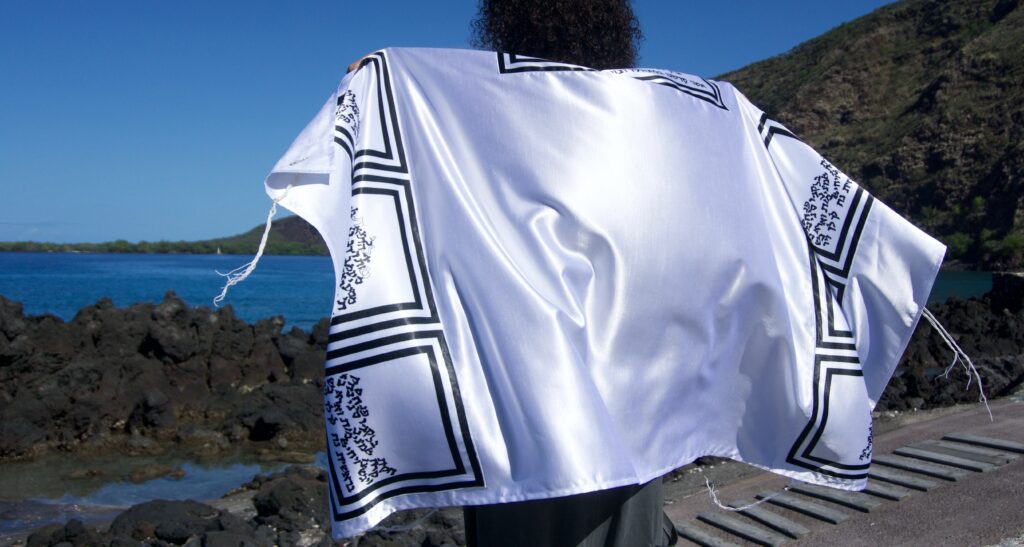
© Pardes Designs
Let me explain:
In Hebrew, the word “Pardes” is a common word meaning orchard.
That puzzled my family and friends. Why would you call it Pardes?
What is the connection between an orchard and a Tallit? I would probably think the same if I were them. But for me, Pardes is a powerful word. Its letters are an acronym of the four levels of Torah interpretation. From the simple literal level of the word to the mystical level. P.R.D.S
I wanted each of the designs to connect the wearer to its history. From Biblical times to now, whenever an individual wears the Tallit, whether it’s a Tallit for bar mitzvah, Tallit for bat mitzvah, for women and man, special occasions (like Tallit for the groom), wedding chuppah, etc.
It’s a journey throughout the generations, bonding us together as one people.

© Pardes Designs – 39 names
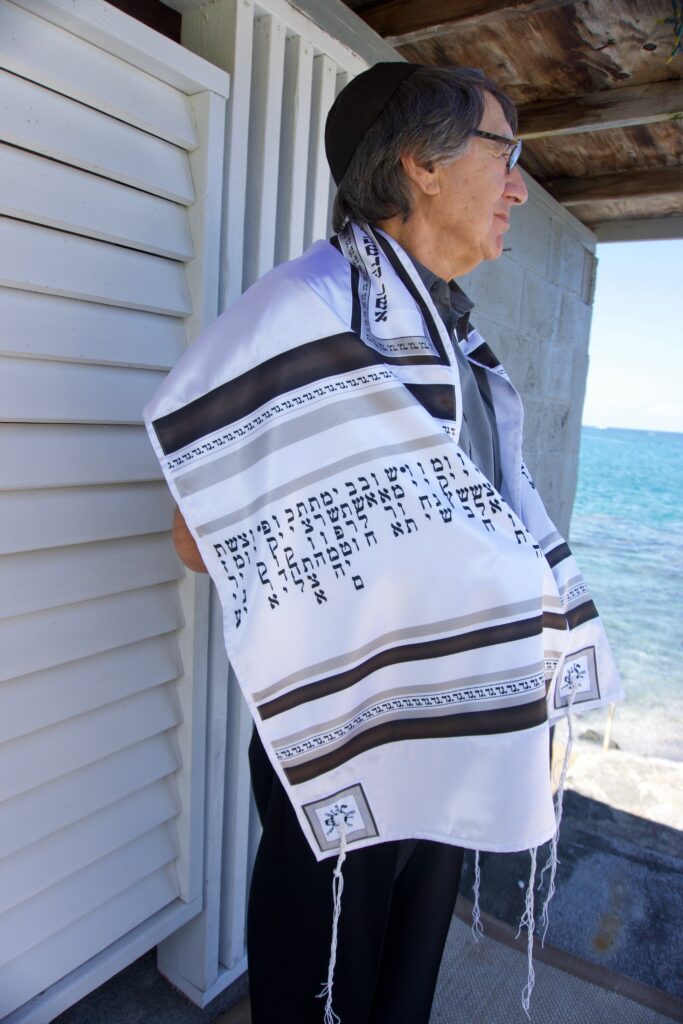
© Pardes Designs – 54 Portions of Hatorah
By the way, remind you to tell you about the blue color.
A few days later, while unwinding from the day, getting into a reclining position to watch my beloved Masterpiece Theatre, I had another AHA! Moment, giving me the answer to what my tag line should be.
” The Thread That Connects Us ”
The thread of the fringes is the thread that transforms our Tallit from a garment into a prayer shawl. The thread creates the bond, the tying of the Tzizit ties us all as one people.
All Tallitot from around the world are white. Some with black stripes and some are white or with white stripes.
However, the Yemenite people had black Tallit and to my surprise, colored ones too!
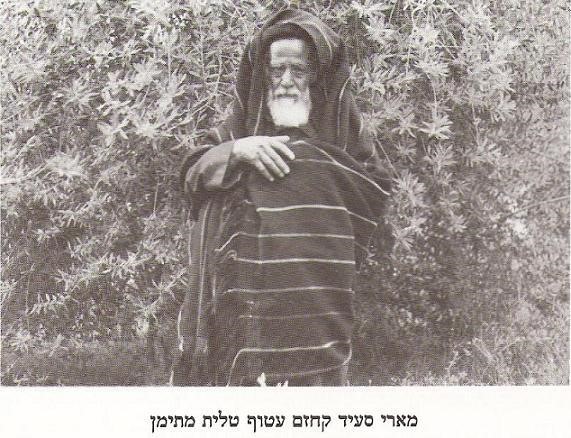
It makes me proud to think that the Yemenite people are the first to “break the mold” of only black and white. Today we have the most creative Tallitot in all colors, fabrics, and designs on the market.
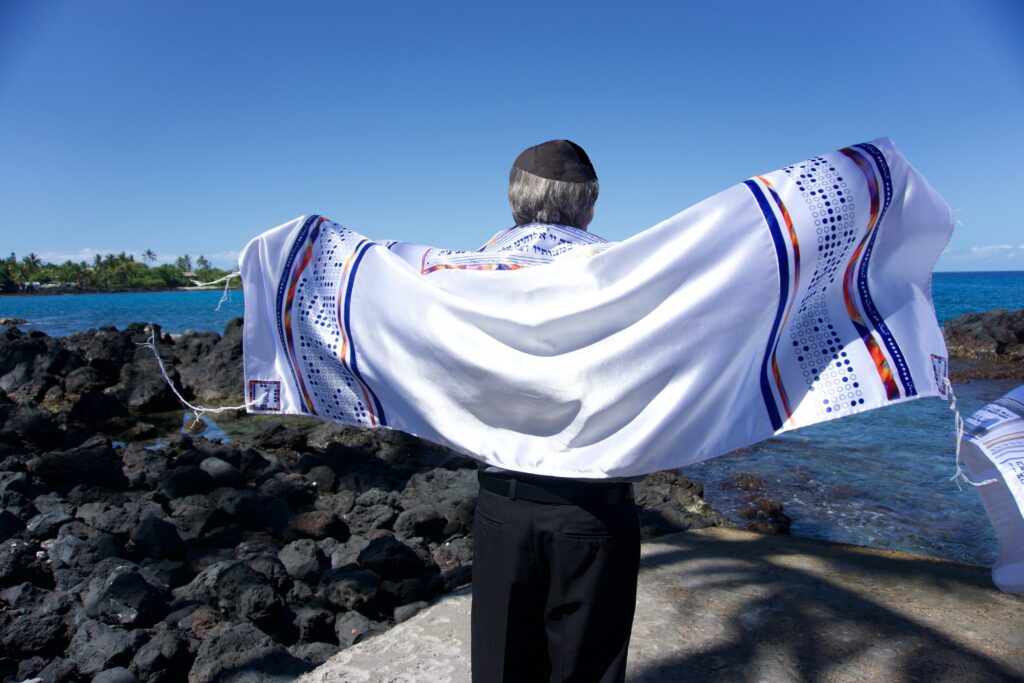
© Pardes Designs – 613 Mitzvot
Oh, thanks for reminding me – the color blue.
As I know it, on some Tallitot, all the threads of the Tzizit are the same color. But others have the Tzizit strands wrapped with a blue one.
I always knew that the blue color is called Techelet. Growing up we learned that the color Techelet is a light blue like the skies.
The Techelet in the Tzizt is a deeper blue. It’s came from an animal called Chilazon .
But surprise, surprise, I thought the blue threads on Tzizit are the same shade all over Jewish communities around the world- apparently not.
The Yemenite people had their blue thread color closer to a blue-black, closer to the black color of their Tallit. And with the Rambam’s explanation that the Techelet resembles black, the tradition was kept.

Tzizit with Blue Thread
Once in Israel, the Yemenites joined the rest of the Tallit customs that was practiced in the Holy Land, they land they dreamed of reaching for generations.
I am still learning how my Yemenite roots and customs are so different than of other Jewish communities.
I wonder, did you find any good stories about our traditions in your own “attic“?
I would love to hear your story!
You can email me: info@PardesDesigns.com
Fun fact: the word paradise is derived from the word pardes!
We are delighted and very grateful to Sharona Lomberg for sharing her expertise with us in the form of writing a series of guest posts for Judaica in the Spotlight about Tallitot. Many of you will remember her interview with us earlier this year. You can find it here.
